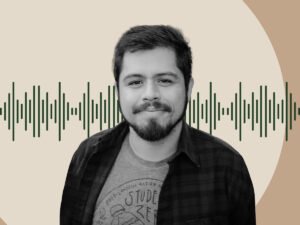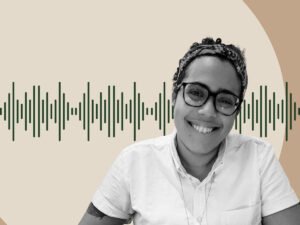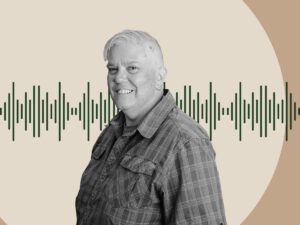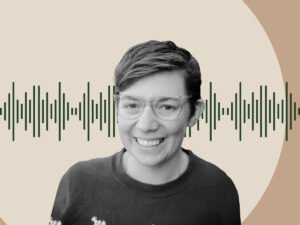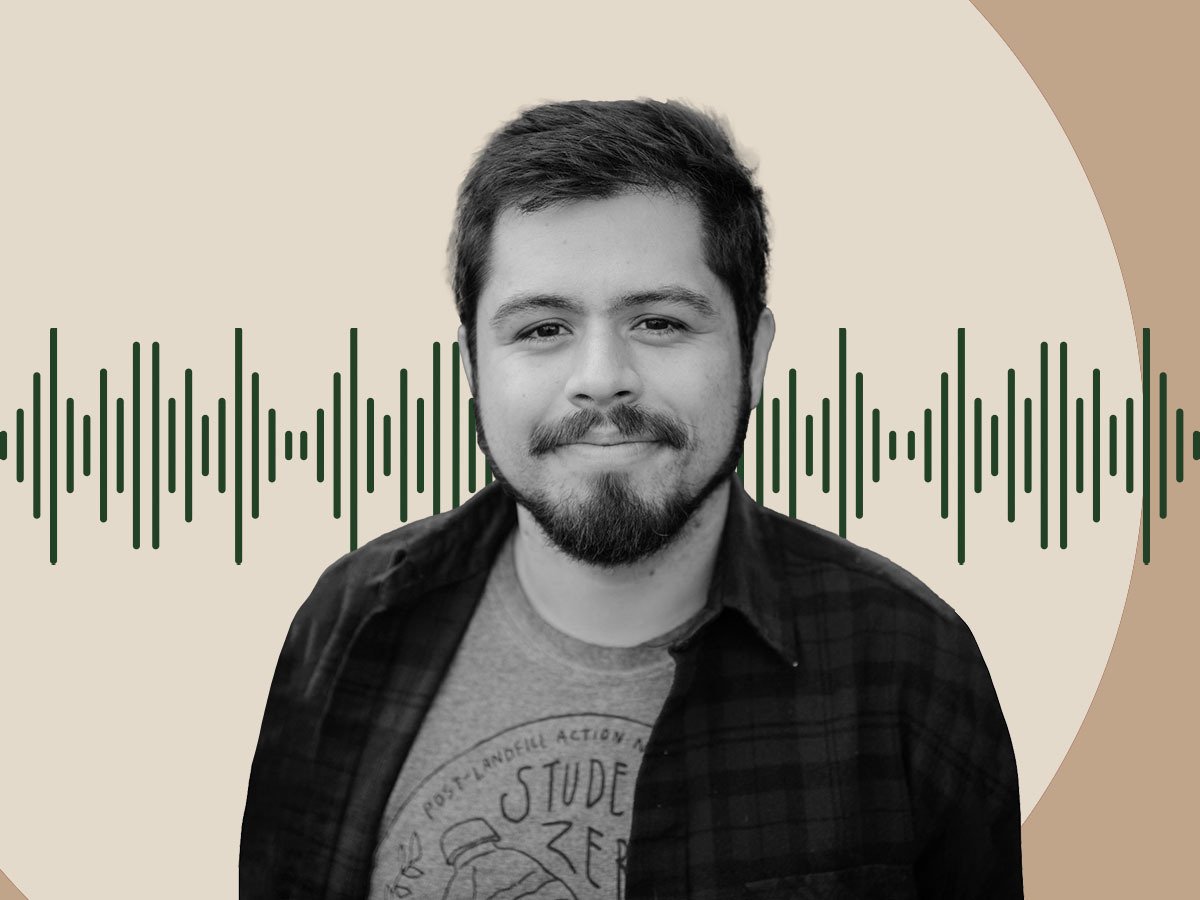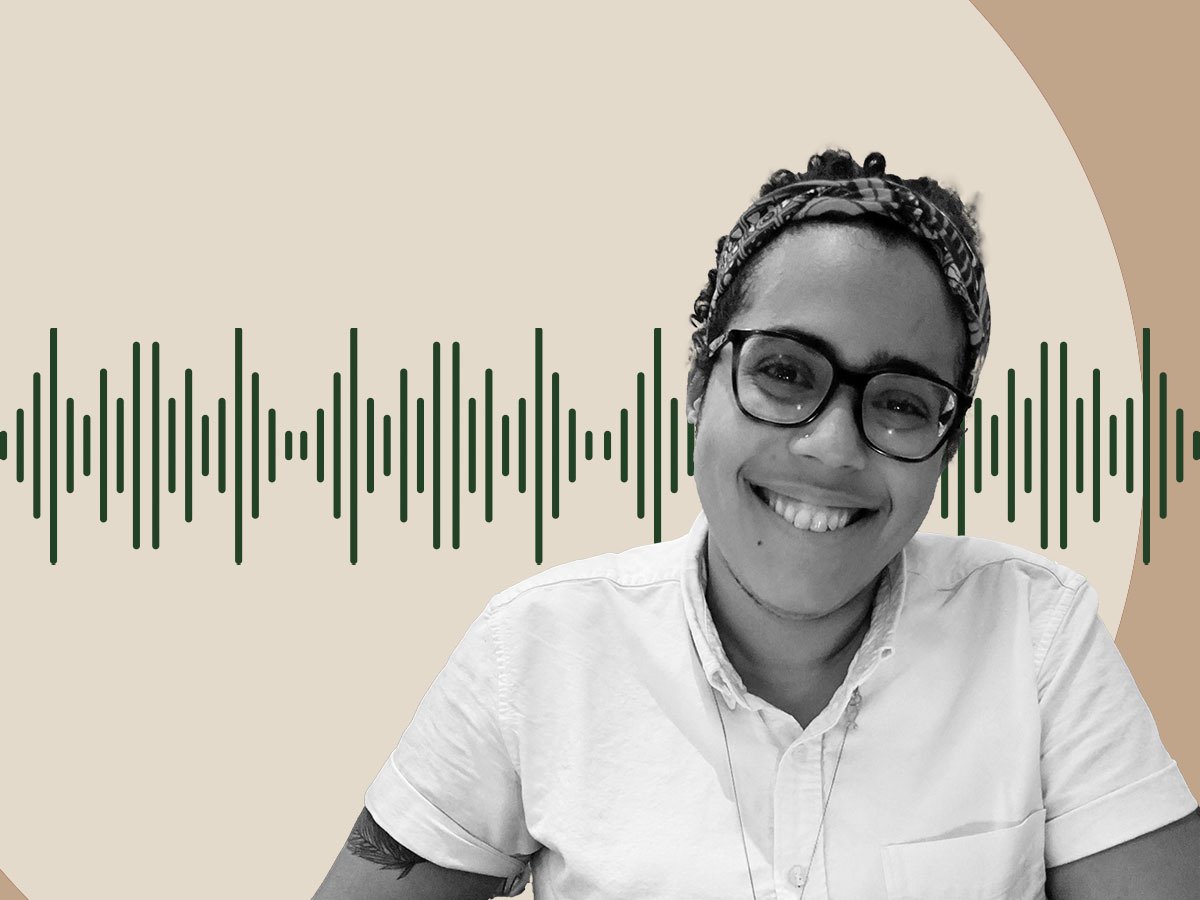
May 13, 2016; Harvard Business Review
When it comes to the nonprofit sector, Harvard Business Review has published much that was highly derivative and off-base masquerading as “innovative” over the years, so we don’t expect much. But we were surprised by Dan Pallotta’s latest contribution, essentially suggesting that the entire sector needs a single brain and central nervous system to make it act like less of a lurching, directionless zombie.
To achieve this goal, he believes, we should just consolidate the entire infrastructure depending upon one entity to guide and protect us—and, by the way, imagine for us and speak for us all, at least those of us that are “charities.” He writes, apparently forgetting that nothing develops in this unitary way in any sector—not in the corporate sector or government:
What if the sector had one coordinated force doing its advocacy, its media, its communications, its legal defense, and its grassroots organizing, and this was all connected to a merged effort to take the best practices of the evaluators and combine them into one powerful new information engine for the public? Imagine eliminating all of the redundancies in fixed costs. Consolidating databases and information and talent. Imagine the strength of the acumen and the voice. Imagine the sense of pride it would engender.
This is the kind of exciting, courageous, surprising, breathtaking action the people who work in this sector are waiting for its leaders to take. And it’s the kind of action that would multiply our ability to have an impact on all those that we serve.
He then goes on to suggest a bunch of existing organizations for this proposed merger, leaving many out but not forgetting to name his own tiny and relatively recently founded Charity Defense Council.
Sign up for our free newsletters
Subscribe to NPQ's newsletters to have our top stories delivered directly to your inbox.
By signing up, you agree to our privacy policy and terms of use, and to receive messages from NPQ and our partners.
His anticipated objections—that this plan is an impractical pipe dream, that egos would get in the way, and that it would be too costly and complex—are not the ones that actually come to mind. We just think the proposal is silly and “old school,” smacking of tired, central committee, industrial-era thinking and a disrespect for diverse democracy, free markets, and innovation, which always have and always will depend upon messiness and conflicts of the many.
Ironic that this is coming from the person who just recently thought that a new organization was needed. https://t.co/w2AcjrTR3N
— Kate Barr (@KateSBarr) May 13, 2016
Pallotta’s making this suggestion seems a bit ironic for many reasons, but one stands out: As Kate Barr mentioned yesterday in a tweet, he just started his own new organization—CDC—presumably because he thought that no one else was capably carrying the particular flag he wanted to fly. What, under his new regime, would a group of the like-minded do in a similar circumstance? Beg the central committee for an audience?
By the way, we do not argue that the nonprofit sector’s infrastructure could use some improvements. However, those could more likely be achieved through better funding and stronger and more collaborative networks of action rather than through a massive central organization as collective brain.—Ruth McCambridge


